Pogona barbata vs Pogona vitticeps discovers these two fascinating reptiles. Many reptile lovers keep these two reptiles as pets. Despite their morphological resemblance and nutritional needs, these two species have several unique characteristics.
How to identify a Pogona Barbata vs Pogona Vitticeps?
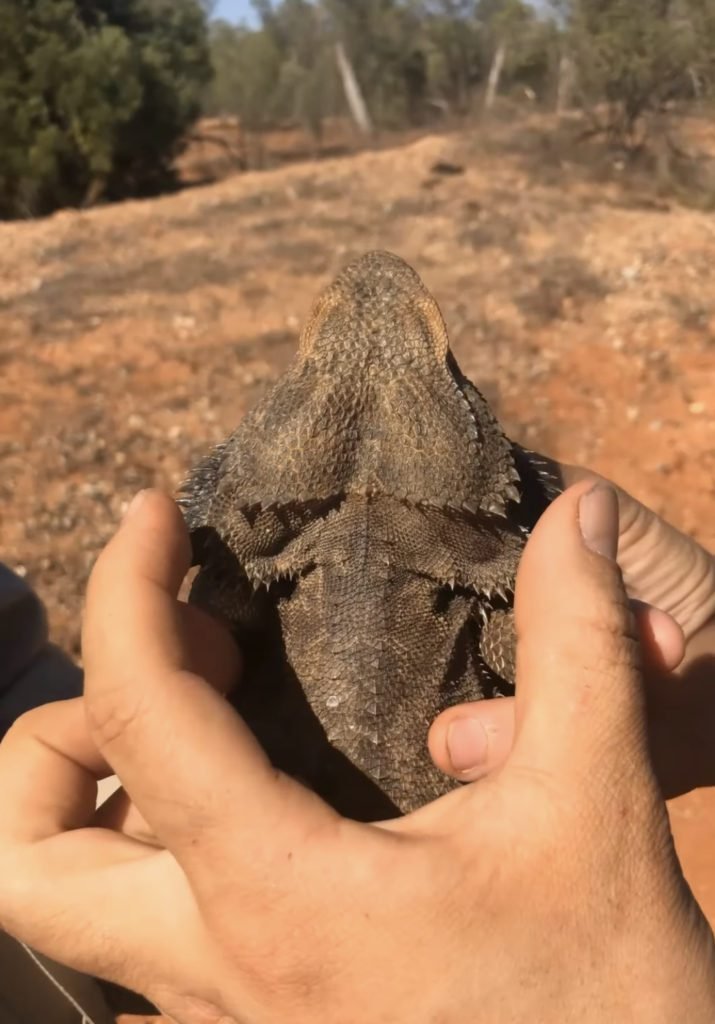
Centrioles are very broad, and scales are short.
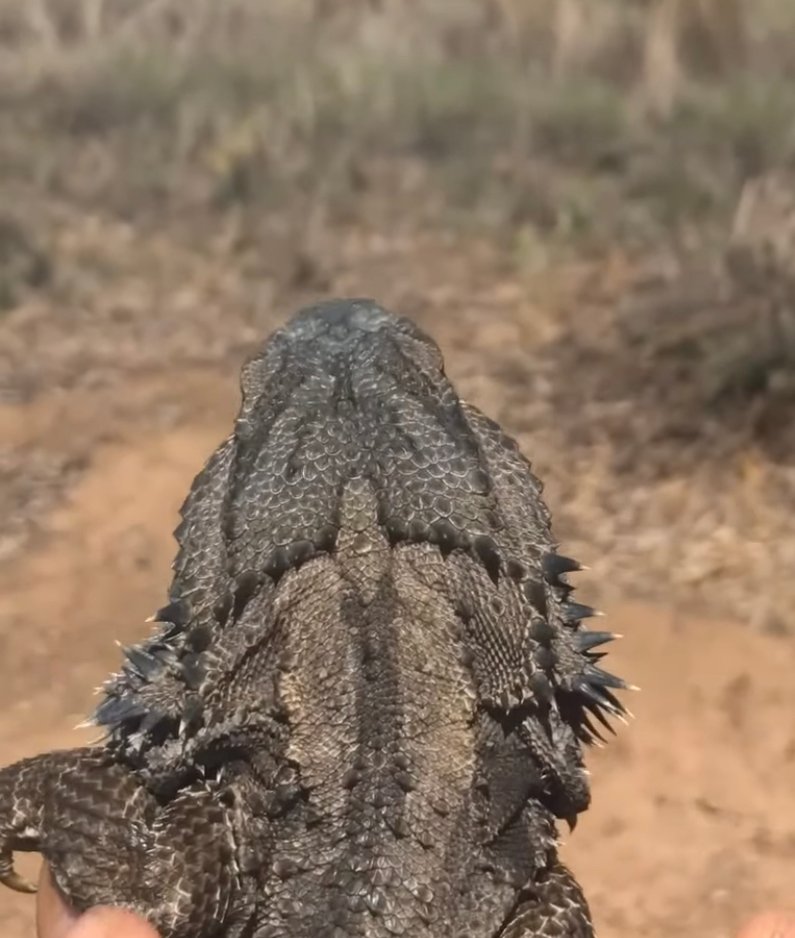
The head of this Pogona type is more narrow across. Rather than going straight or slightly tilted back, they go in an arc mixed with the beard.
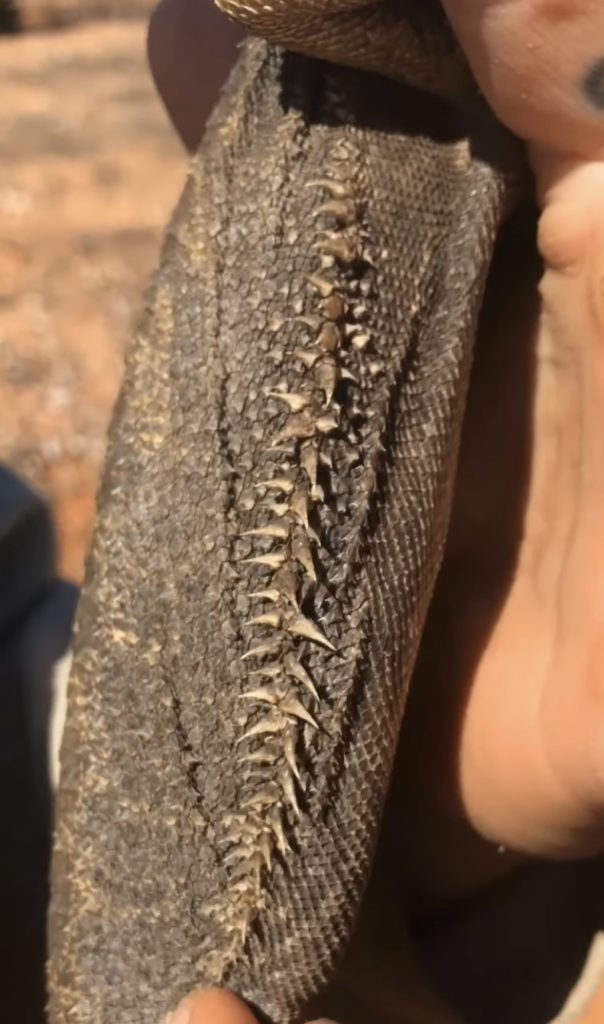
They have one or two defined lines of scales in the body’s center.
This line extends up to the shoulder.
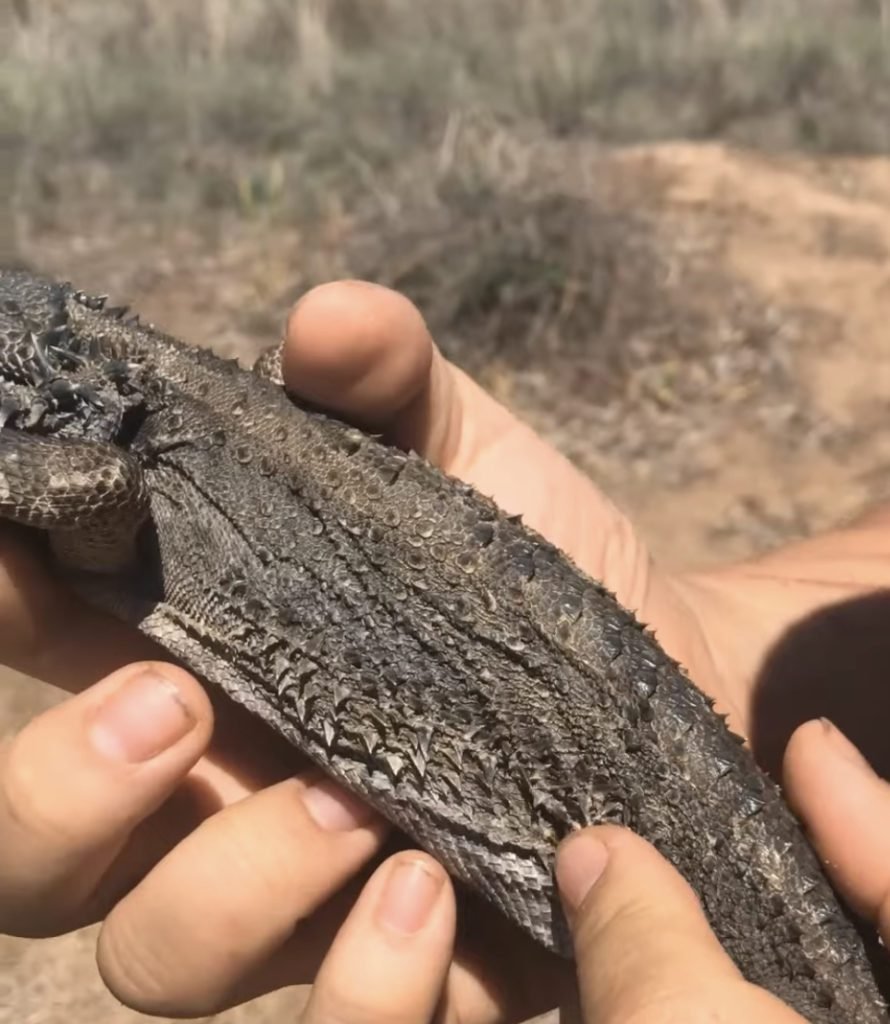
The scales of the body’s center are not defined, and you can see four faint lines.
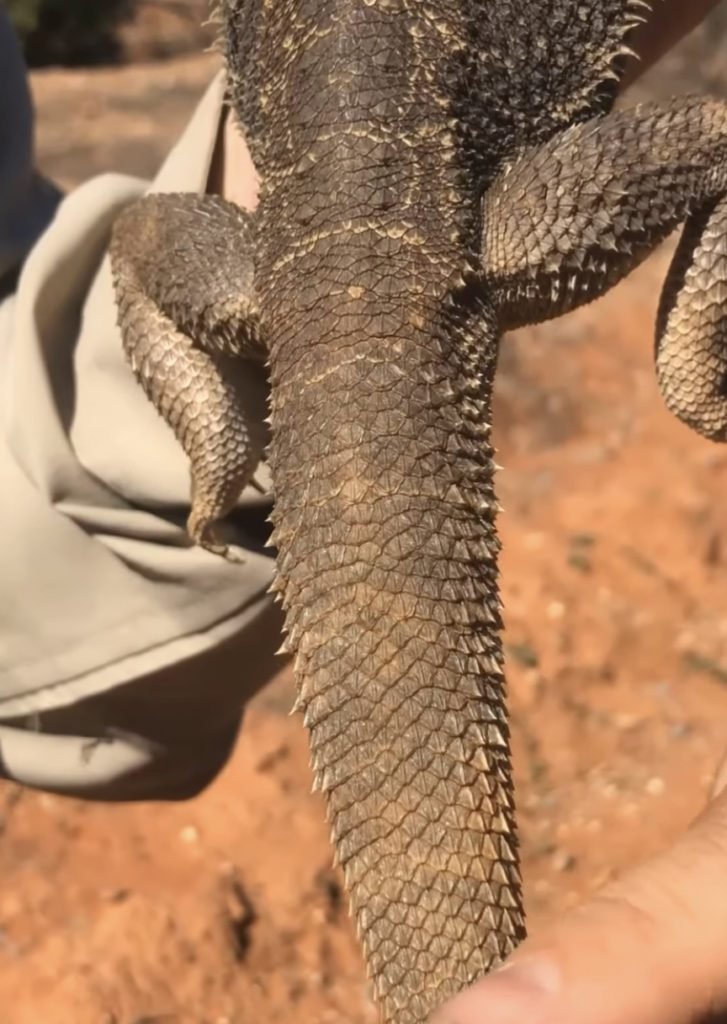
Similar sharp raised scale rings with low definition.
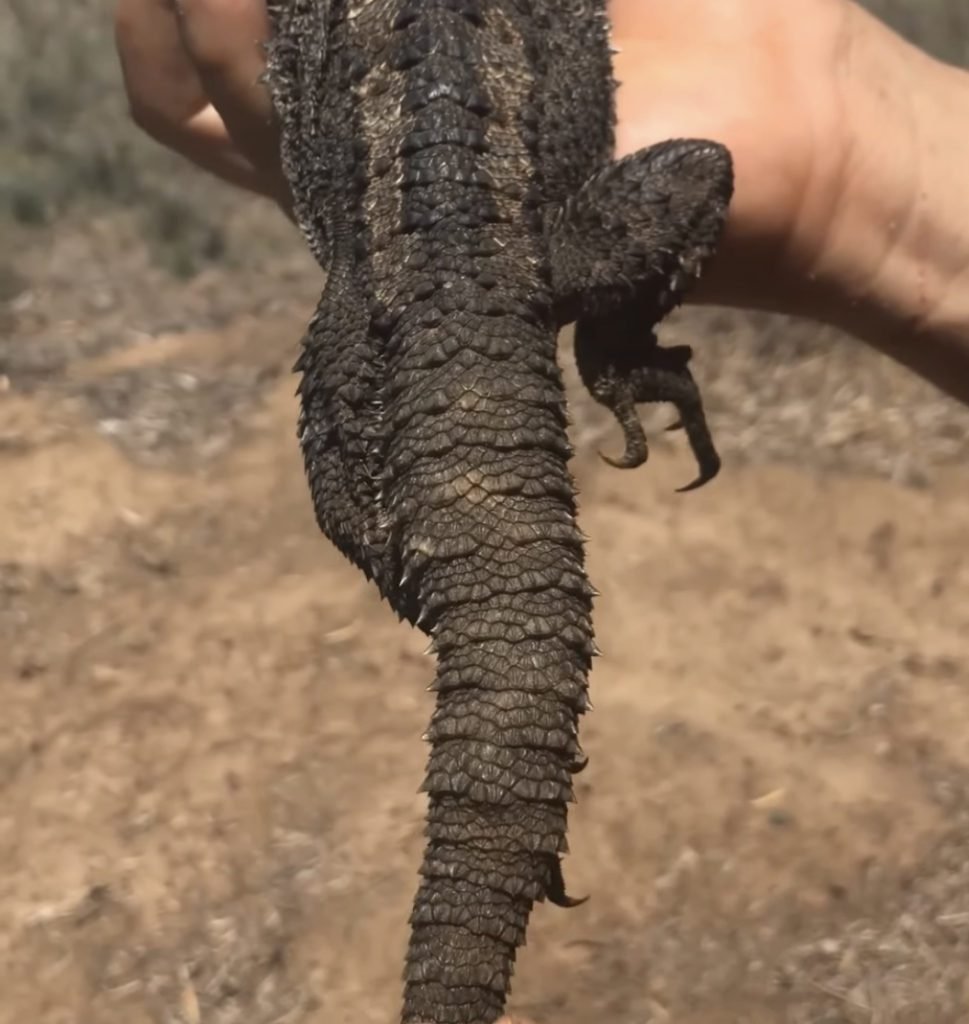
Well-defined rings of razor-sharp spines.

The color of his mouth is Yellow or Pink
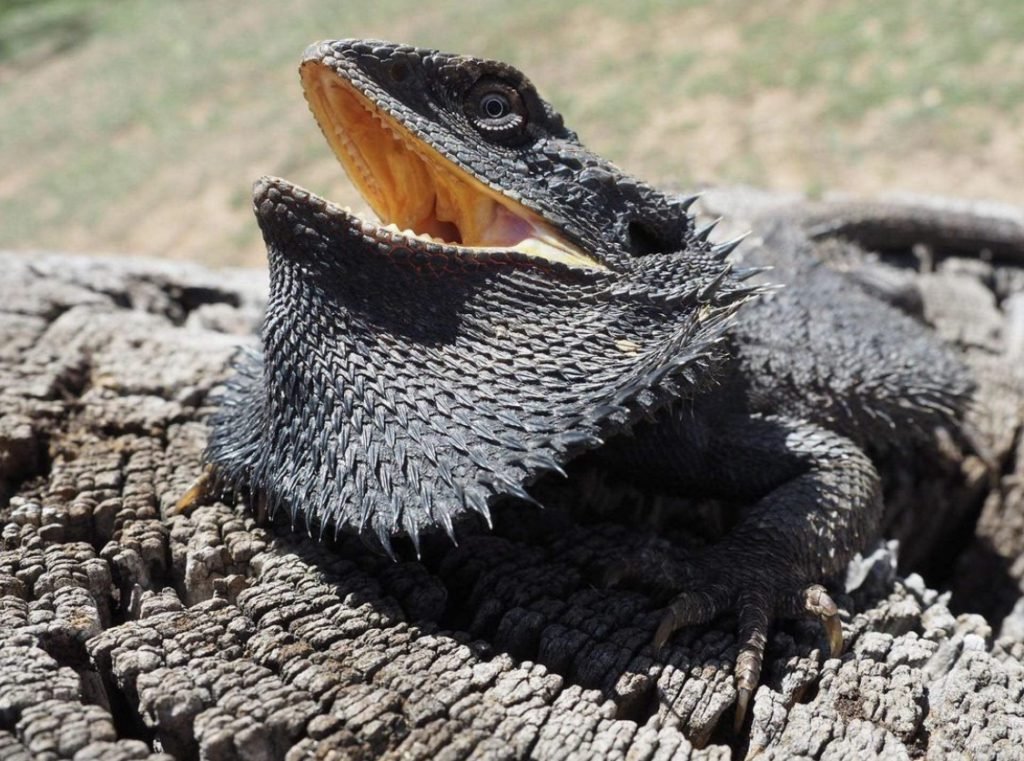
The mouth of this reptile could be yellow or Pink as well.
You may also interest: Discovering the Menu: What Do Bearded Dragons Eat?
Pogona barbata vs Pogona vitticeps Habitat
These species have unique physical traits related to their habitats and ranges.
Pogona vitticeps Habitat
Commonly known as the central bearded dragon, hails from central Australia’s arid, desert-like regions. These reptiles do best in areas with high temperatures, little rainfall, and sandy soils. Their populations are located in Queensland, New South Wales, and Victoria. Their capacity to thermoregulate and their unique scales evolved from their natural environment and range. These characteristics have enabled them to survive in the desert’s extreme temperatures.
Pogona Barbata Habitat
On the other hand, the Pogona barbara, also known as the eastern bearded dragon, is found in the eastern regions of Australia. They live in many habitats, from dry, scrubby areas to moist, forested regions. Their range stretches from the southern regions of Queensland down to the eastern part of South Australia. The significant number of spines and the triangular shape of the head of the Pogona barbata are characteristics of its Habitat and distribution. Their spiky look is a protective mechanism against predators, and they like to live in locations with plenty of vegetation.
Nutritional Requirements of Pogona vitticeps and Pogona barbata
Key Nutrients for Pogona vitticeps
In addition to a varied diet, Pogona vitticeps require specific nutrients to maintain their health. For instance, they need calcium to support their bone growth and development and Vitamin D3 to help them absorb calcium. It’s also essential to provide them with a source of protein to support their muscle development and repair.
Key Nutrients for Pogona barbata
Similarly, Pogona barbata requires a balanced diet that meets their nutritional needs. For bone growth and muscle regeneration, they need calcium and protein. It’s also essential to provide them with Vitamin A to support their vision and immune system.
Differences in Suitability as Pets
Differences in Temperament between Pogona vitticeps and Pogona barbata
Both Bearded Dragon species are popular pets, although their temperaments may fit various pet owners. Pogona vitticeps are gentle and easy to handle, making them a good choice for first-time reptile keepers. In contrast, Pogona barbata may be best for experienced reptile keepers who can provide them room and attention.
Differences in Physical Needs between Pogona vitticeps and Pogona barbata
There are also some differences in the physical needs of each species that may impact their suitability as pets. For instance, Pogona vitticeps require a relatively warm and humid environment to thrive, with temperatures between 75-85°F and humidity levels between 30-40%. Pogona barbata can survive a more extensive range of temperatures and humidity, making them easier to care for in confined conditions.
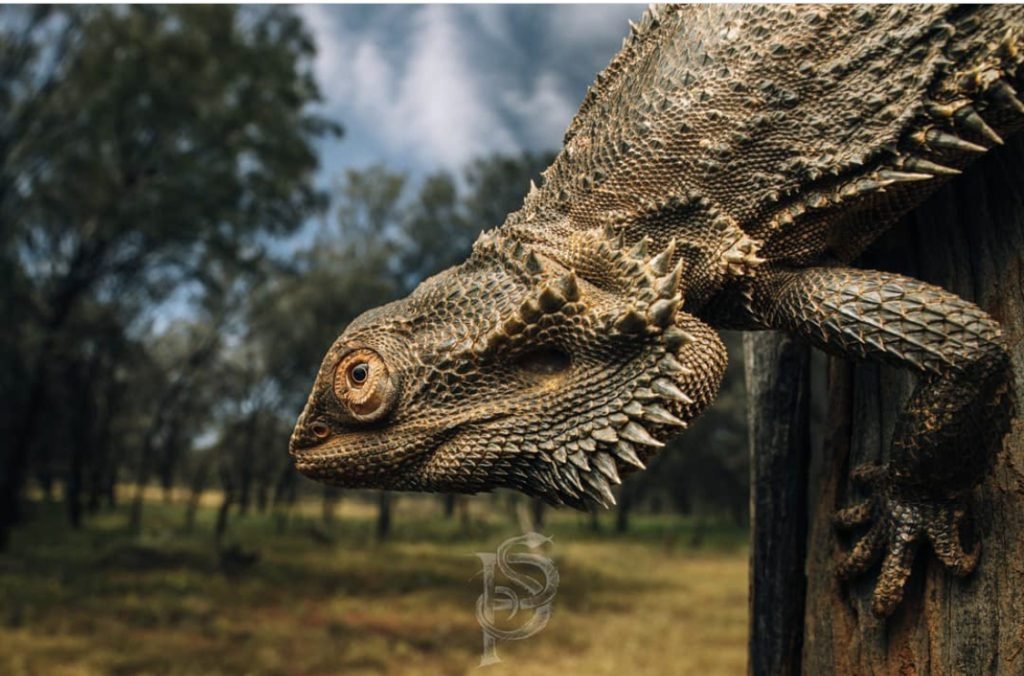
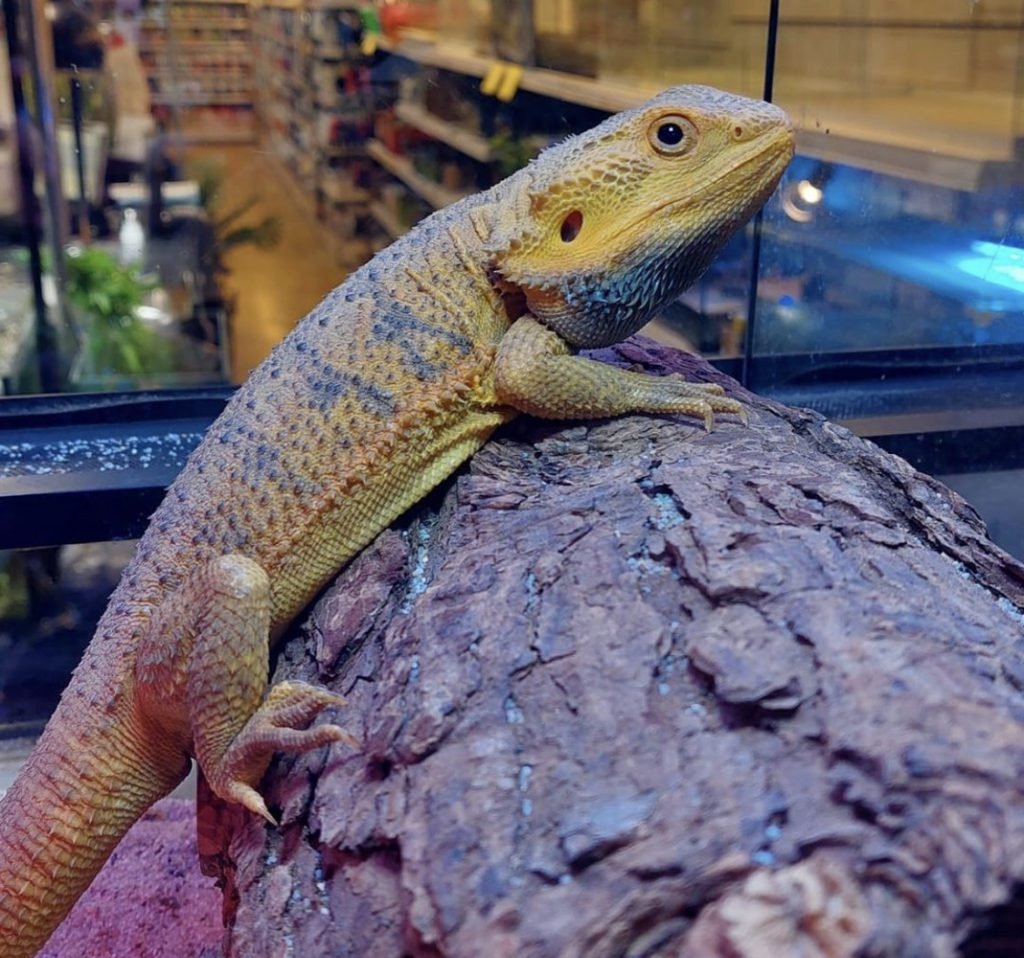
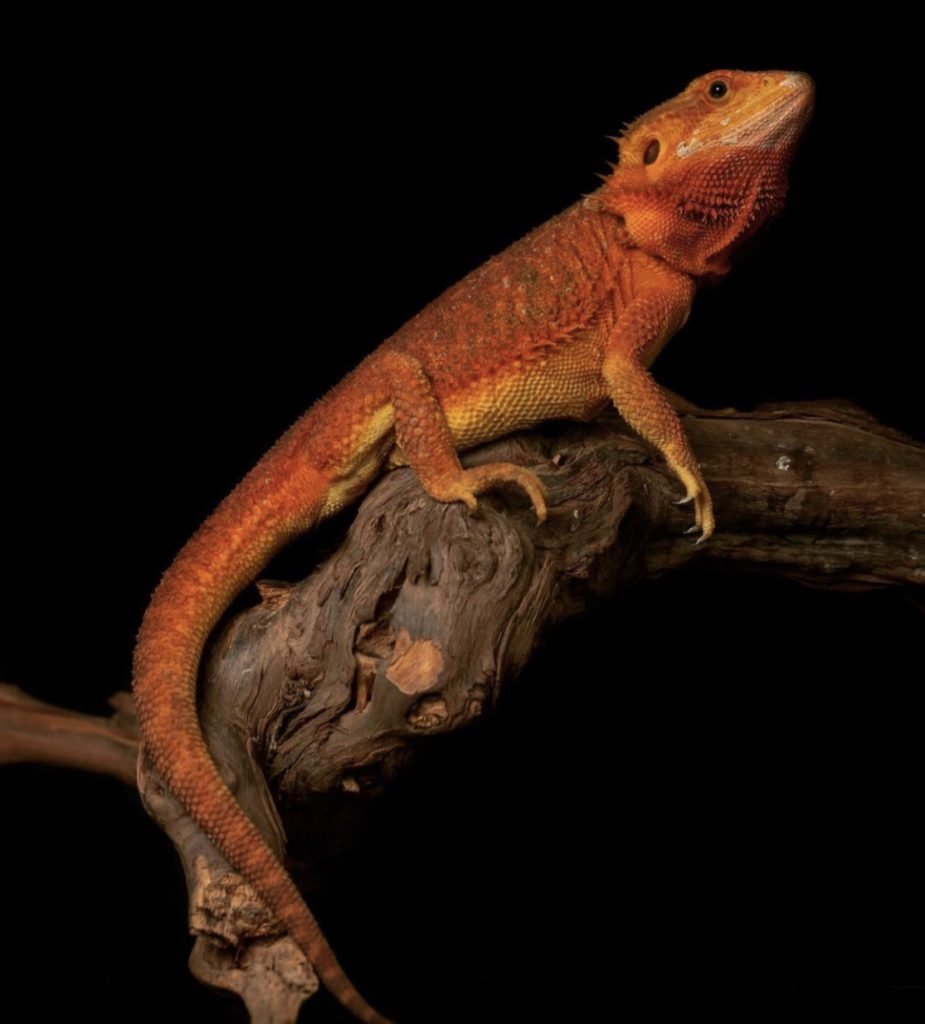
You may also interest: Don’t Miss Out on These Incredible Kinds of Bearded Dragons
Pogona barbata vs Pogona vitticeps Diet
Understanding the Diet of Pogona vitticeps
The Central Bearded Dragon (Pogona vitticeps) is an omnivore who needs various meals to survive. They consume a mixture of insects, vegetables, fruits, and small mammals in the wild. Crickets, mealworms, kale, and butternut squash should be part of their balanced diet as pets.
Understanding the Diet of Pogona barbata
Similarly, Pogona barbata, or the Eastern Bearded Dragon, also has an omnivorous diet. However, they tend to consume more insects and less vegetation than their Central Bearded Dragon counterparts. In their natural Habitat, they eat various insects, including ants, crickets, and beetles, as well as small reptiles and mammals. As pets, providing them with a varied diet that meets their nutritional requirements is essential.
The Popularity of Pogona vitticeps and Pogona barbata as Pets
Why Pogona vitticeps are Popular as Pets
Reptile lovers searching for a pleasant, easy-to-care-for pet choose Pogona vitticeps or Central Bearded Dragons. These reptiles are known for their docile temperament, making them well-suited for beginner bearded dragons owners. They are effortless to care for in captivity because of their minimal nutritional and environmental requirements.
Why Pogona barbata is Popular as Pets
Pet lovers wishing for a pleasant, easy-to-care-for reptile also choose Pogona barbata, or Eastern Bearded Dragons. These lizards are known for their laid-back temperament, making them great pets for families with children. Additionally, they are relatively hardy and adaptable, making them suitable for various captive environments.
You may also interest: 16 Amazing Bearded Dragon Facts You Need to Know
Cost Comparison Between Pogona Barbata and Pogona vitticeps
Pogona barbata’s cost
Pogona barbata is cheaper than vitticeps. The price ranges from 50usd to 300usd depending on the breeder, the dragon’s age, size, gender, and color.
Pogona Vitticeps’ Cost
Pogona vitticeps, cost more than Pogona barbata. Due to their popularity as pets and their diversity of colors, patterns, and morphs, they may cost several hundred to several thousand dollars. Dragon age, size, gender, and genetic ancestry can also affect Pogona vitticeps prices. Dragons are expensive to buy, but their upkeep adds to their expense.

